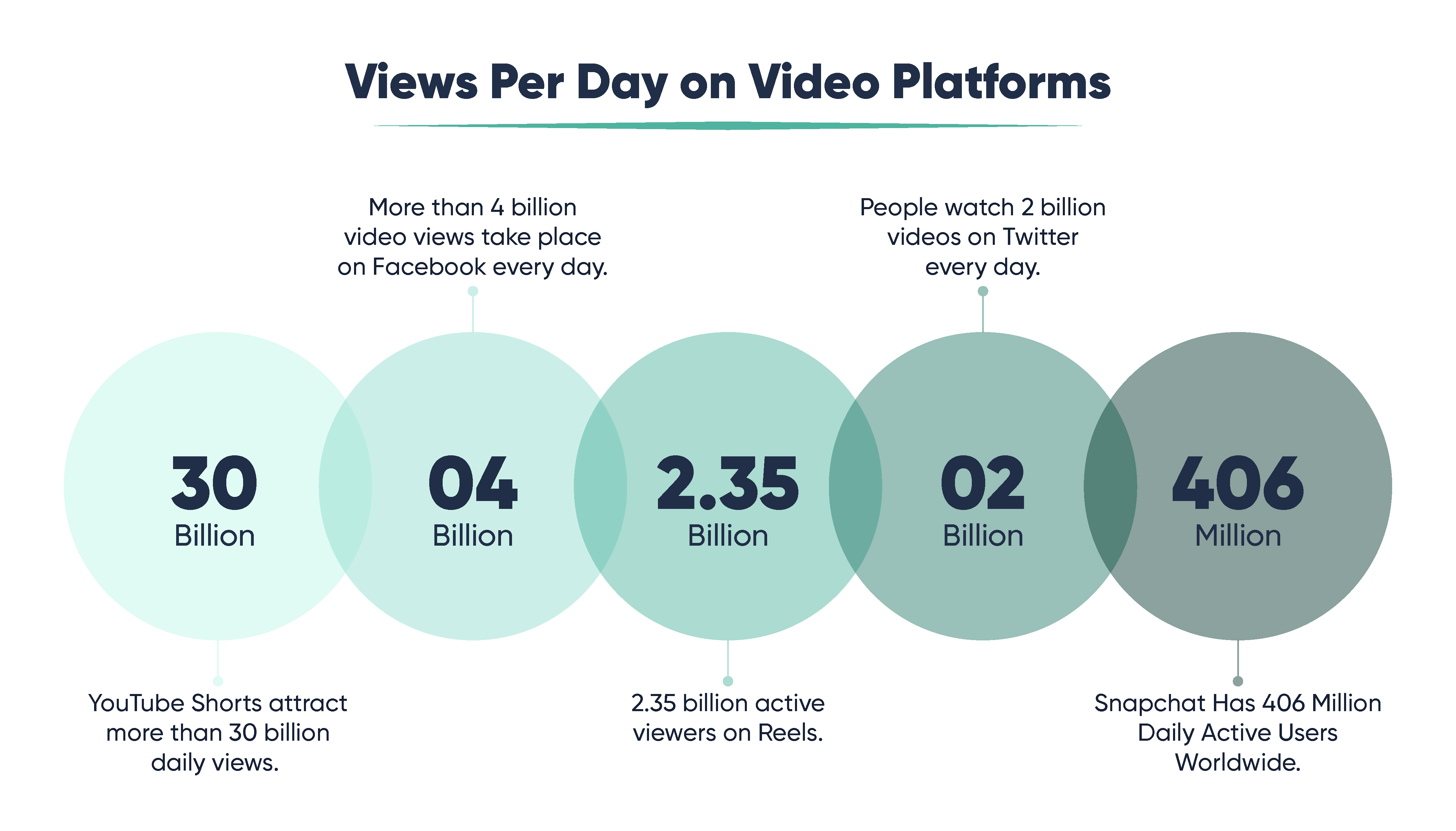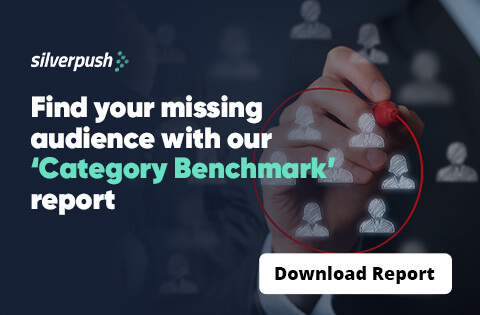Good things DO NOT come to those who wait
PUBLISH DATE: 18 January 2024
In the fast-paced world of advertising, the saying “Good things come to those who wait” couldn’t be further from the truth. In an era where technology evolves rapidly, and consumer behavior constantly shifts, advertisers clinging to outdated and monotonous campaign strategies may find themselves drifting away from valuable business opportunities.
Discover the Trends Taking Over in 2024
As we step into 2024, it becomes imperative for advertisers to discern and leverage key trends to maintain a competitive edge in this dynamic arena.
Brace yourself for the cookie countdown
The global digital advertising market was valued at $601.8 billion in 2023, with media ads accounting for 67.1% of overall expenditure. Clearly, digital advertising is a lucrative industry, and it’s no surprise that more companies are finding ways to capitalize on this trend. However, as more companies seek to tap into this thriving trend, it’s essential to address the impending challenge of cookie deprecation and its potential impact on advertisers and digital advertising revenue.
Google has outlined its plan to phase out third-party cookies entirely by the conclusion of 2024, and efforts are already underway to implement this transition. The initial measure involves the introduction of Privacy Sandbox Tracking Protection, which will be experienced by 1% of Chrome users globally. This feature aims to restrict cross-site tracking by default.
Focus will be more on Personalization and Hyper-Targeting
“One-size-fits-all” approach won’t be effective anymore. With abundance of information and choices consumers today expect to be catered with relevant ads, they want brands to directly speak to them based on their interests, needs and preferences.
70% of consumers expect personalization and 56% agreed that personalized experience motivates them to become a repeat customer. (Source)
From a business point of view, personalisation helped 77% of businesses increase their market share. This form of marketing has increased conversions nearly 50% for brands. (Source)
Brands that don’t invest in understanding their audience and delivering tailored content are at the risk of losing customer engagement.
Video Content Dominance
Video content will continue to dominate the existing ad formats, as billions of viewers tune in. According to stats, 2023 had seen a 23% surge in internet traffic volume globally, escalating usage of streaming videos. (source)
But, advertisers need to be mindful of the video length, as consumer attention span and patience is getting shorter. More than 25% of adults close a video after 10 seconds and approximately 50% of the viewers close it after 20 seconds. (source)

Brands should focus on creating high-quality and engaging video content for platforms like YouTube, TikTok, and Instagram. This trend is especially important as attention spans decrease, and visual storytelling becomes more critical.
Interactive Content
Since video content is gaining popularity advertisers need to advance their video advertising strategies. From the traditional video ads there is going to be an upgrade to dynamic interactive video ads.
To drive more engagement and conversion, advertisers should incline towards dynamic video ads as a result they have noted significant growth in their online sales.
Interactive content, such as polls, quizzes, and augmented reality experiences, not only captures attention but also provides a more immersive brand experience.
Among the interactive elements, shoppable TV ads have proven to be highly effective for cutting through the noise and boosting customer engagement due to their interactive nature. According to a survey, Shoppable ads have 55% ad recall and 50% interacting rate.
Role of Generative AI
Generative AI can process large amounts of data and generate valuable insights that can inform strategic decisions in campaign planning. Additionally, AI algorithms can analyze diverse datasets to identify and create new audience segments. Using these insights, advertisers can tailor their campaigns to specific demographics, ensuring more targeted and effective advertising.
Advertisers are using predictive analytics to analyze historical data and gain insights into user behavior, enabling them to optimize their campaigns further.
Conclusion
The advertising industry heavily relies on AI for campaign planning, execution, and optimization. Generative AI is changing the game by actively participating in the process. To achieve maximum success, brands should stay up-to-date with the latest trends in advertising and incorporate generative AI into their campaigns. This will provide advertisers with unparalleled levels of data analysis, audience segmentation, and dynamic content creation, leading to more efficient and personalized targeted advertising that can significantly boost the impact of campaigns. In a constantly evolving landscape, innovation is crucial to maintain growth and market dominance. Brands that embrace the potential of generative AI and adapt their strategies accordingly can exceed the expectations of the ever-changing consumer base. This will ensure a prosperous future in the dynamic world of advertising.
Brands’ are wasting $73bn of adspend on unsuitable digital ads during festive period
PUBLISH DATE: 23 November 2023
Over the last two years, global brands have spent over $600 million (£482 million) on ads that are deemed “digitally unsuitable” during the final quarter of the year. Extrapolating this trend to 2023, the anticipated total global ad spend wastage for this year is estimated to reach $73 billion (£59 billion).
A creative technology company’s analysis, which evaluated more than 3.9 million ads from 2021-2022 across 10 different industries, including retail, food and beverage, and consumer packaged goods, revealed that brands globally invested over $600 million in ads not suited for digital platforms during a crucial period for marketers. Projecting this trend to 2023, it is predicted that over $73 billion will be squandered on suboptimal digital ads in Q4.
Earlier research in 2020 and 2021 disclosed that over 50% of digital ad spend supported image and video ads that were not optimized for digital environments ($700 million out of $1.2 million analyzed). In the subsequent year, a similar amount of budget was wasted in Q4 alone.
For many brands, the final quarter contributes to over 50% of their annual revenue and an uneven share of their yearly media budget (around 30% of total worldwide ad spend). This period is a pivotal opportunity for brands to engage consumers, especially with heightened buying intent during Black Friday, Cyber Monday, Christmas, Hanukkah, and Kwanzaa celebrations.
Despite investing millions in bringing holiday campaign ideas to life, brands stumble in the last stretch before their ads reach their digital destination. The routine repurposing of TV-made content on digital platforms means that ads are inadequately adapted to their digital surroundings. They often neglect fundamental fit-for-platform creative best practices crucial for maximizing message impact. Millions are poured into ads lacking branding in the initial 3-5 seconds (the average view length of a digital video), displaying incorrect formats, or lacking subtitles or supers in media environments where over 90% of videos are watched without sound. These are basic creative quality criteria proven to enhance performance on digital platforms.







